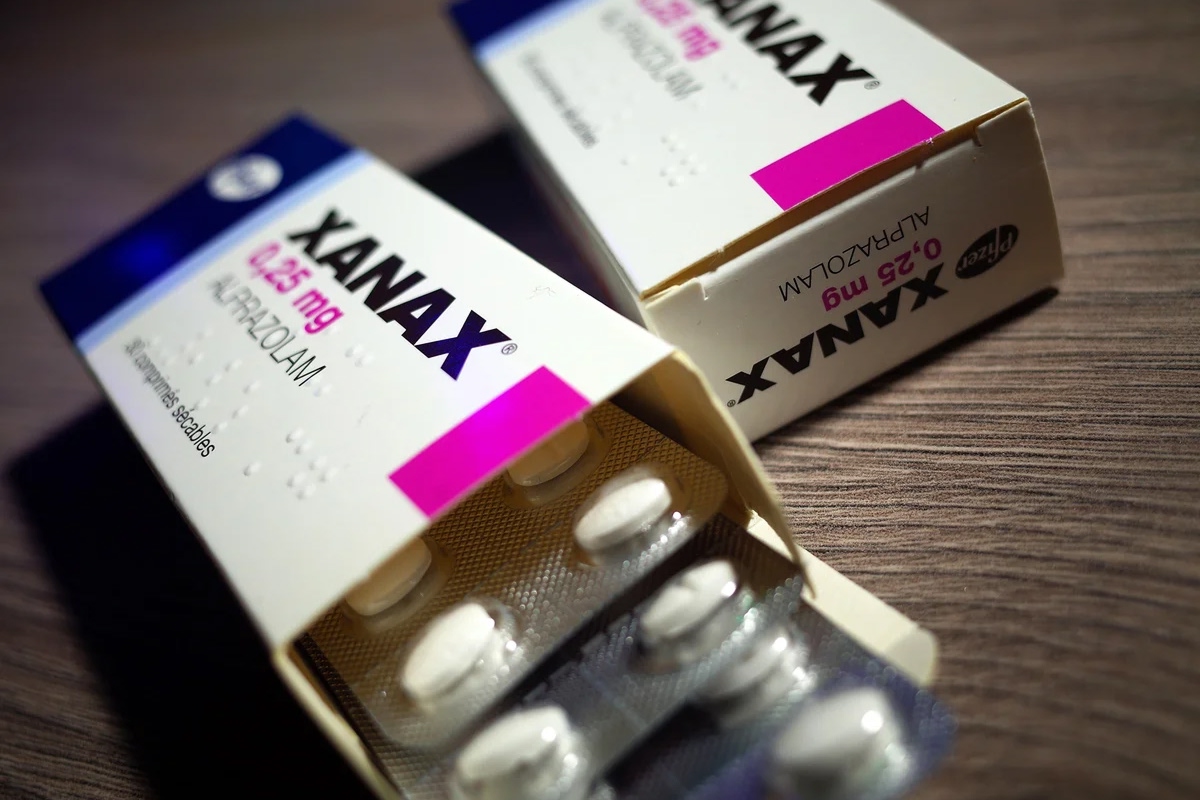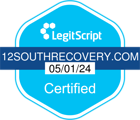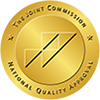Key Takeaways
- Xanax addiction can develop quickly and causes serious mental and physical health consequences.
- Safe withdrawal and recovery from xanax addiction requires medical supervision and structured addiction treatment.
- 12 South Recovery offers professional, evidence-based care to support lasting recovery from xanax addiction.
More Than a Pill: Hidden Dangers of Xanax
Xanax is a common prescription for anxiety and panic disorders, but it can quickly become habit-forming. What begins as a way to find calm can turn into dependence, leading to cravings, higher doses, and painful withdrawal symptoms. At 12 South Recovery in Lake Forest, California, we help individuals address the root causes of Xanax abuse and regain control of their lives.

What Is Xanax?
Xanax, known generically as alprazolam, is a prescription benzodiazepine commonly used to treat anxiety and panic disorders. It works by enhancing the effect of gamma-aminobutyric acid (GABA), a neurotransmitter that calms nerve activity in the brain. When used correctly under medical supervision, it can help reduce symptoms of severe anxiety and panic attacks.
However, Xanax has a high potential for misuse. It provides a rapid sense of relaxation and euphoria that can quickly become habit-forming. Because it acts fast and leaves the body quickly, people often feel the need to take more frequent doses to maintain the calming effect, beginning the cycle of dependence.
What Is Xanax Abuse?
Xanax abuse occurs when a person takes the medication in ways other than prescribed. This is generally an increase in dose, an increase in frequency of doses, and sometimes it is used with alcohol or other drugs. People may also abuse Xanax when it is obtained and used without a prescription in an effort to effectively cope with anxiety, depression, insomnia, or simply in an effort to feel temporarily relaxed.
Abuse of Xanax does not always lead to addiction but definitely increases the chance of developing a problem. This is due to the body, over a period of time, adapting itself to the effects of the drug, whether they are good or bad, when it is taken. Increasing tolerance occurs over a period of time, and when the drug is not used, withdrawal symptoms appear.
Xanax Abuse vs. Xanax Addiction
| Aspect | Xanax Abuse | Xanax Addiction |
| Use Pattern | Occasional misuse or higher doses | Compulsive daily use |
| Control | Some control remains | Loss of control over use |
| Dependence | May not be present | Physical and psychological dependence |
| Impact | Short-term side effects | Long-term health and behavioral damage |
| Treatment Need | Behavioral adjustments | Structured addiction treatment required |
Even though abuse may appear less severe, both conditions pose health risks that should not be ignored.
What Is Xanax Addiction?
Xanax addiction can set in when an individual becomes physically dependent on the drug, and then psychologically dependent as well. Over time the chemistry of the brain alters, making it difficult to feel normal without Xanax. The person comes to crave the drug, finding that they must take more and more to experience a similar effect.
Addiction usually leads to changes in mood, sleeping habits, and behavior. The person who is addicted may withdraw from friends and family, experience memory problems, and engage in risky behavior to obtain more Xanax. The longer the addiction continues, the more it interferes with personal and professional life.
At 12 South Recovery we seek to treat both the physical and emotional cause of the addiction, assisting our clients in regaining structure, self-esteem, and balance.
What Organ Is Xanax Hard On?
Chronic use of Xanax affects several major organs:
- Liver: Xanax is processed by the liver. Long-term misuse can strain the liver and cause elevated enzyme levels, potentially leading to liver damage.
- Brain: Extended use disrupts natural GABA function, leading to anxiety, depression, and cognitive impairment.
- Heart and Lungs: High doses can slow breathing and heart rate, creating a risk of respiratory failure, especially when combined with alcohol or opioids.
Though Xanax might seem harmless when prescribed, these effects can worsen with prolonged or unsupervised use.
What Are the Dangers of Xanax Abuse?
The dangers of Xanax abuse go far beyond temporary drowsiness. Over time, misuse can cause both immediate and lasting harm to the body and mind.
Short-Term Risks
- Poor coordination and confusion
- Slurred speech and slowed reaction time
- Memory loss
- Drowsiness and fatigue
- Impaired judgment
Long-Term Risks
- Dependence and withdrawal symptoms
- Worsening anxiety or depression
- Relationship difficulties and social isolation
- Job loss and financial instability
- Increased risk of overdose, especially when combined with alcohol or opioids
Even when prescribed, Xanax should only be taken as directed by a healthcare provider. Abuse can quickly escalate into addiction, requiring clinical intervention.
What Are the Signs and Symptoms of Xanax Addiction?
Recognizing the signs of Xanax addiction can help prevent serious complications. Common symptoms include:
Physical Symptoms
- Drowsiness and dizziness
- Muscle weakness
- Headaches
- Blurred vision
- Poor coordination
Behavioral Symptoms
- Taking larger doses than prescribed
- Visiting multiple doctors for prescriptions
- Avoiding social activities
- Hiding pills or lying about use
Emotional and Mental Symptoms
- Irritability and mood swings
- Depression and anxiety when not using Xanax
- Obsessive thoughts about the drug
At 12 South Recovery, clinicians assess both physical dependence and psychological symptoms to create a personalized treatment plan.
What Are the Withdrawal Symptoms of Alprazolam?
Alprazolam withdrawal can be severe because the brain becomes dependent on its calming effects. Stopping suddenly can trigger dangerous symptoms, including:
- Tremors
- Muscle cramps
- Insomnia
- Panic attacks
- Sweating and restlessness
- Hallucinations
- Seizures
Because withdrawal from benzodiazepines can be life-threatening, medical detox is the safest way to stop using Xanax. Our detox program at 12 South Recovery provides 24-hour monitoring and medical support to help clients stabilize before moving into therapy-based care.
What Are the Long-Term Risks of Xanax Addiction?
Long-term Xanax addiction changes the way the brain functions and processes emotions.
Cognitive Decline
Chronic use can lead to memory loss, poor concentration, and slower reaction times.
Emotional Instability
Many individuals develop depression or mood swings after long-term Xanax use.
Physical Health Complications
The body becomes vulnerable to organ damage, fatigue, and lowered immune response.
Overdose Risk
Because tolerance builds quickly, users may take dangerously high doses without realizing it. Combining Xanax with other substances can cause respiratory depression and death.
Treatment Options for Xanax Addiction
Recovering from Xanax addiction requires structured treatment and clinical supervision. At 12 South Recovery, we provide evidence-based programs designed to meet each client’s personal needs while addressing underlying emotional and mental health conditions.
Detox Program
A safe and medically supervised detox allows the body to remove Xanax while minimizing withdrawal discomfort. Medical professionals closely monitor clients throughout this process.
Residential Treatment
After detox, clients can transition to residential care. This phase includes daily therapy, structured routines, and round-the-clock support. It provides stability for those struggling with severe dependency.
Partial Hospitalization Program (PHP)
PHP offers intensive therapy during the day while allowing clients to return home in the evening. It bridges the gap between inpatient and outpatient care.
Intensive Outpatient Program (IOP)
IOP focuses on relapse prevention and coping strategies. Clients attend group and individual therapy several times per week.
Continuing Care and Alumni Support
Ongoing recovery is supported through continuing care programs and alumni networks, ensuring long-term success and connection beyond treatment.
Therapies Offered at 12 South Recovery
- Cognitive Behavioral Therapy (CBT): Helps clients identify negative thought patterns and replace them with healthy ones.
- Dialectical Behavior Therapy (DBT): Builds emotional regulation and mindfulness.
- Eye Movement Desensitization and Reprocessing (EMDR): Addresses trauma-related issues often linked to addiction.
- Individual and Group Therapy: Provides both personal reflection and community support.
- Holistic and Adventure Therapy: Promotes physical health, self-confidence, and connection.
- Relapse Prevention Therapy: Teaches coping mechanisms to manage triggers.
Through these integrated therapies, 12 South Recovery helps clients not only stop using but also rebuild a life filled with meaning and stability.
Get Xanax Addiction Treatment at 12 South Recovery
Xanax abuse can lead to serious health risks, such as memory loss, mood changes and the difficult habit to break without help. Over time, Xanax use can affect the mind, body, and relationships bringing everyday life to a more difficult situation. At 12 South Recovery, we provide the professional and scientific based treatment to help you get back in control with a stable life. Our staff will help treat the root causes of your addiction so you can heal and develop a healthier future. Call 12 South Recovery today to start your recovery from Xanax addiction.







































